Alternatives to the West Highland Way
By Mark Wright
The West Highland Way is one of those rare walks that seems to have it all – dramatic scenery, rugged Highland spirit, a real sense of journey, and the occasional pub where you can toast your progress with a well-earned dram. Stretching 95 miles from Milngavie to Fort William, it climbs steadily into the wilds of the Scottish Highlands, passing lochs, glens, and Munros that have inspired walkers for generations.
It’s no surprise, then, that it’s one of our most popular routes. But popularity comes at a price, and not just in the legs. Accommodation gets booked up fast, especially in peak season, and sometimes flexibility with dates or group sizes just isn’t enough to make it work.
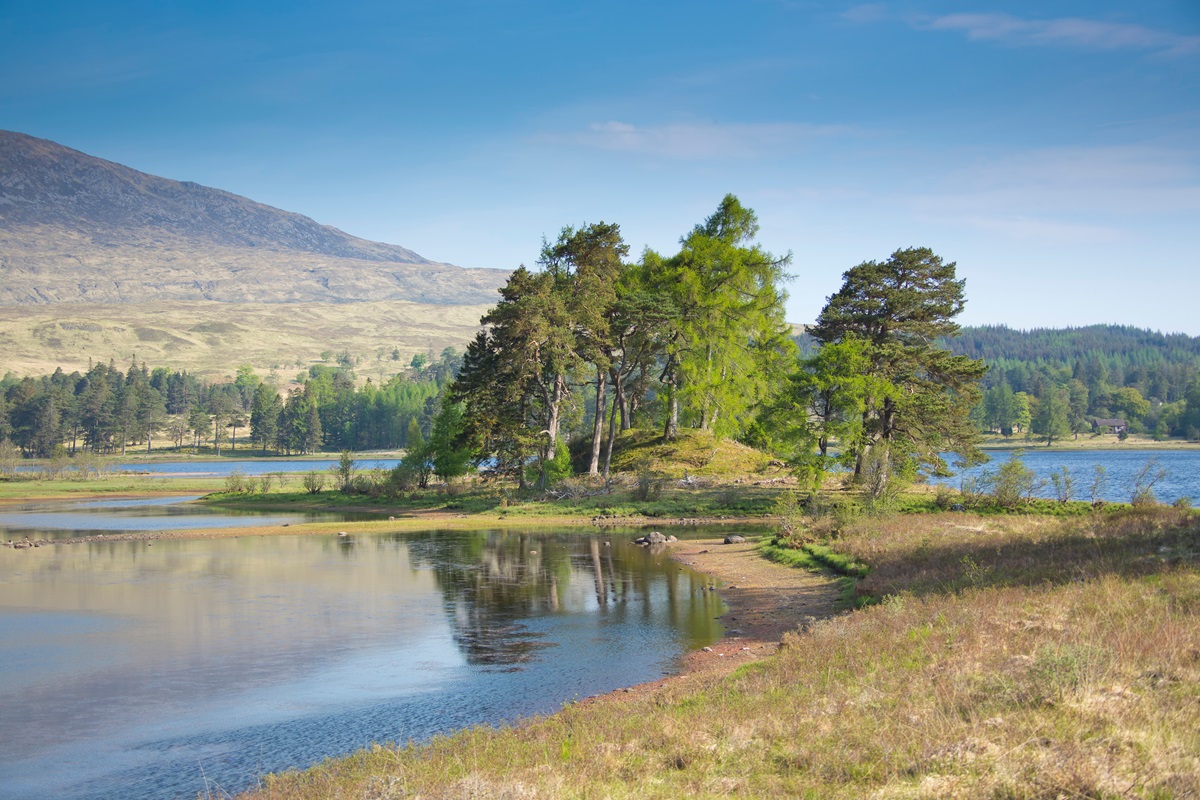
Which leads us to the question: “If not the West Highland Way, then what?”
As always, the answer depends on what drew you to it in the first place. Was it the Highlands? The big open spaces? The connection to Scotland’s turbulent past? Or simply the chance to escape into nature, with a path to follow and a bed at the end of the day?
Here are some alternative routes we love, each offering its own take on that same magic.
Rob Roy Way
If it’s Highland heartland you’re after, the Rob Roy Way might be your next great escape. Following in the footsteps of the famed outlaw, this 79 mile trail stretches from Drymen to Pitlochry, winding through the landscapes that were once his stomping ground.
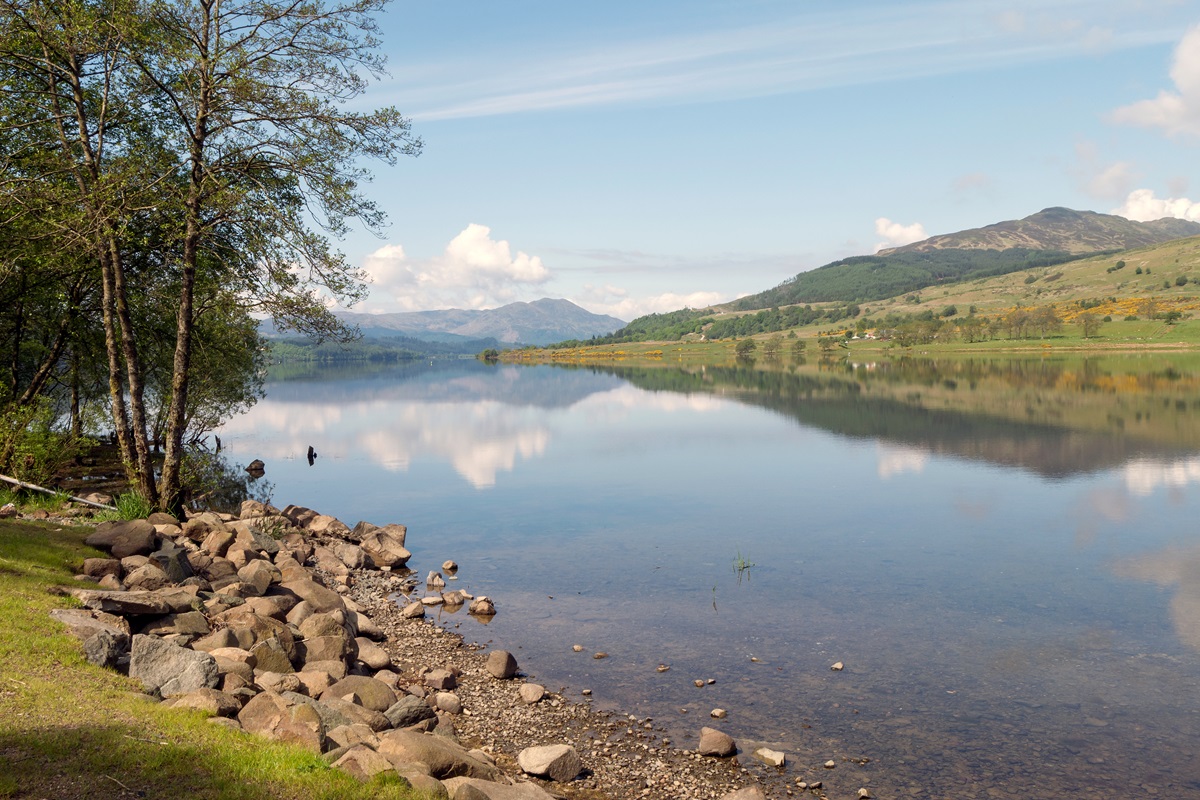
The route begins just north of the West Highland Way and soon sets off on its own path, passing the shores of Loch Venachar, Loch Lubnaig and Loch Tay, climbing gently through forested hills and remote glens. It’s a little quieter than its more famous cousin, and all the better for it, offering moments of real solitude and reflection, as well as the occasional red squirrel or deer darting into the trees.
Naturally the walk is steeped in the story of Rob Roy MacGregor, and the wider Jacobite struggles that shaped Highland identity. There’s a strong sense of history here – and defiance too. You’ll pass crumbling castles, battle sites, and villages that still tell tales from another time.
Speyside Way
If the West Highland Way feels a little too wild, or you’re looking for something a touch softer underfoot, consider the Speyside Way, a 92 mile trail that flows like a dram of Speyside malt – smooth, refined, and quietly warming.
The route follows the River Spey from the coast at Buckie to the edge of the Cairngorms at Aviemore. Along the way, you’ll pass through charming villages, ancient woodlands, and most temptingly, some of Scotland’s most famous whisky distilleries. Names like Glenfiddich, Aberlour and Macallan are not just signposts here; they’re part of the scenery.
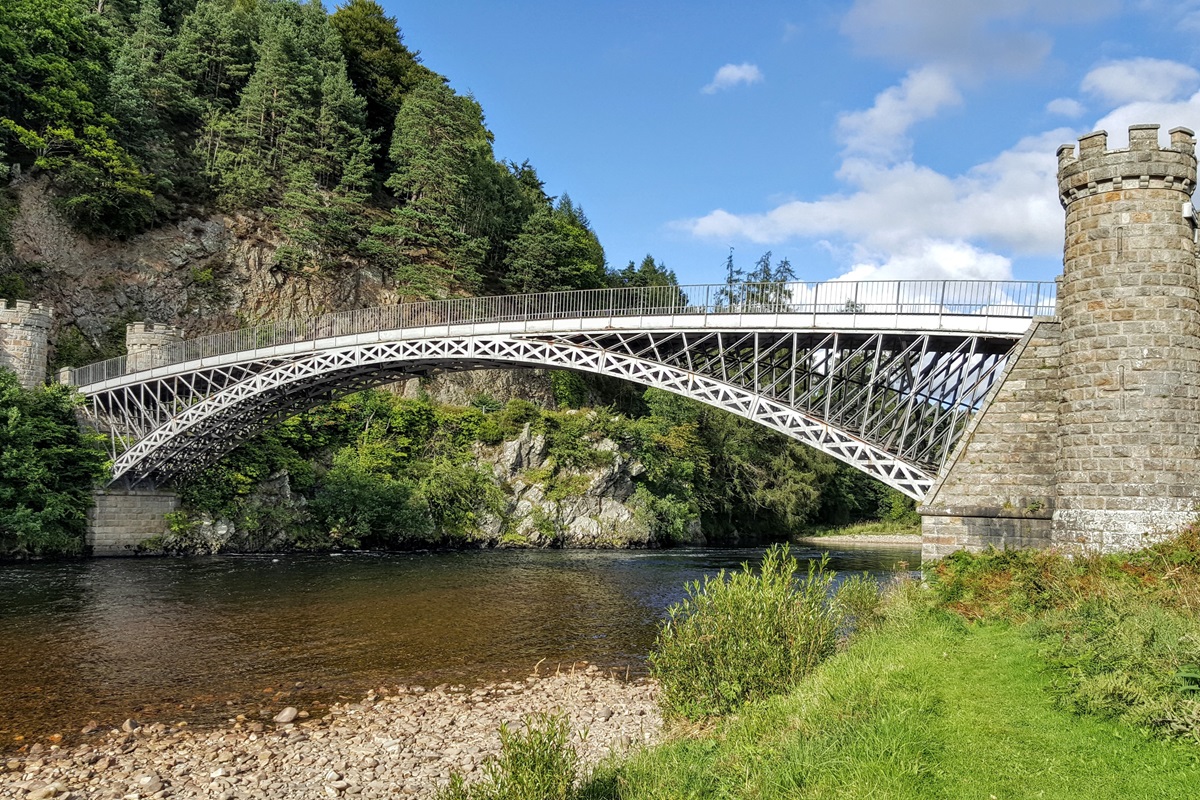
The walking is fairly gentle for the most part, with riverside paths, disused railway lines, and quiet tracks through forest and farmland. But there’s still plenty of grandeur, especially as the route edges into the Cairngorm foothills, with views opening out towards the mountains.
It’s a walk that invites you to take your time. And really, how often do you get to combine a long-distance walk with a world-famous whisky trail? Just pace yourself!
Borders Abbeys Way
If it was the deep sense of history that drew you to the West Highland Way – tales of clans, conflict, and shifting frontiers, then the Borders Abbeys Way might just capture your imagination in the very same way.
This 68 mile circular route through the Scottish Borders links the hauntingly beautiful ruins of four great abbeys: Melrose, Dryburgh, Jedburgh, and Kelso. Built in the 12th century during a period of monastic prosperity, they later bore witness to centuries of warfare, destruction, and resilience, during the long and bloody conflicts between Scotland and England.
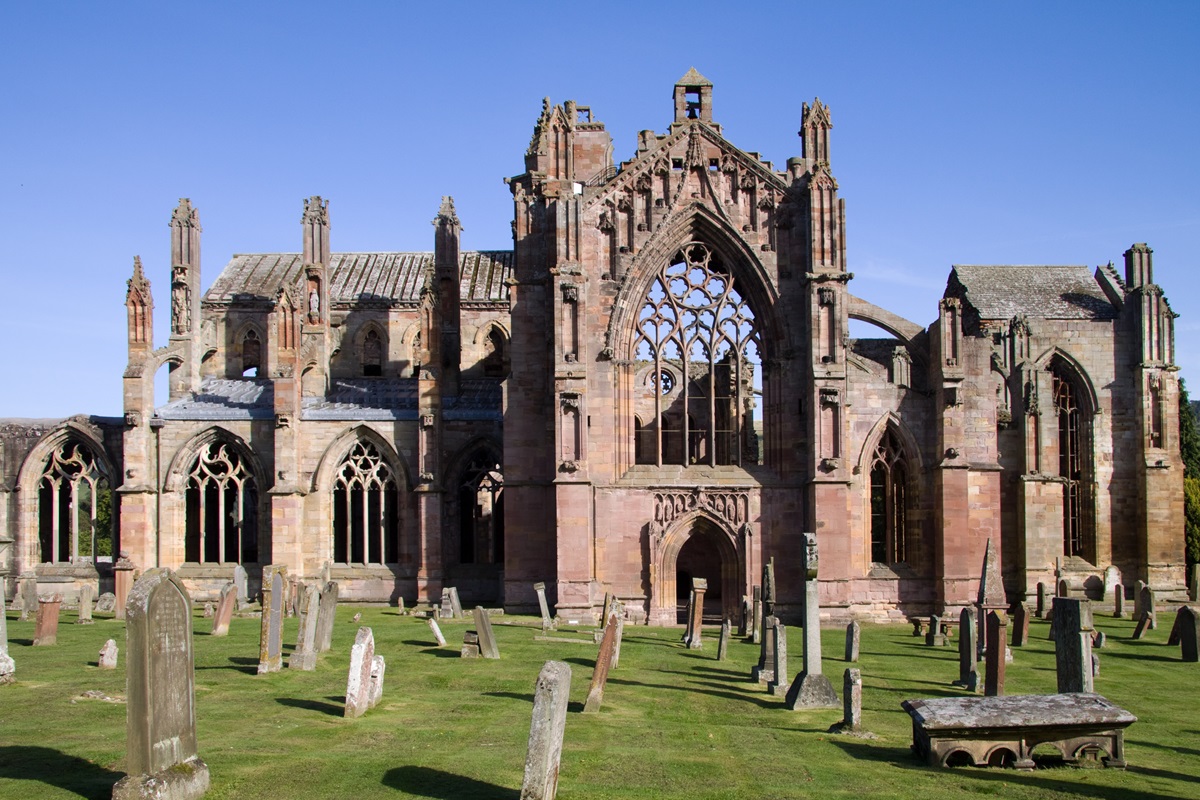
You’ll follow riverside paths, old drove roads, forest trails, and open moorland as you pass through historic Border towns and wide, sweeping countryside. The walking is gentle, but the stories run deep. Every village and valley seems to hold echoes of raids, reformations, and rebellion.
There’s also a quieter side to the walk with peaceful lanes, birdsong in the trees, and the slow unfolding of history beneath your feet. It’s a deeply atmospheric journey, and one that doesn’t just tell Scotland’s story – it invites you to walk through it.
The Dingle Way
If the appeal of the West Highland Way lies in its drama, those sweeping views, ancient roots, and rugged charm, then the Dingle Way might just be its Irish twin, with a bit more music and the occasional sea breeze.
This 116 mile circular trail loops around the Dingle Peninsula in County Kerry, following quiet country lanes, mountain paths, and breathtaking coastal cliffs. At times you’ll feel like you’re walking along the edge of the world, with the Atlantic on one side, and the rolling green landscape of Ireland on the other.
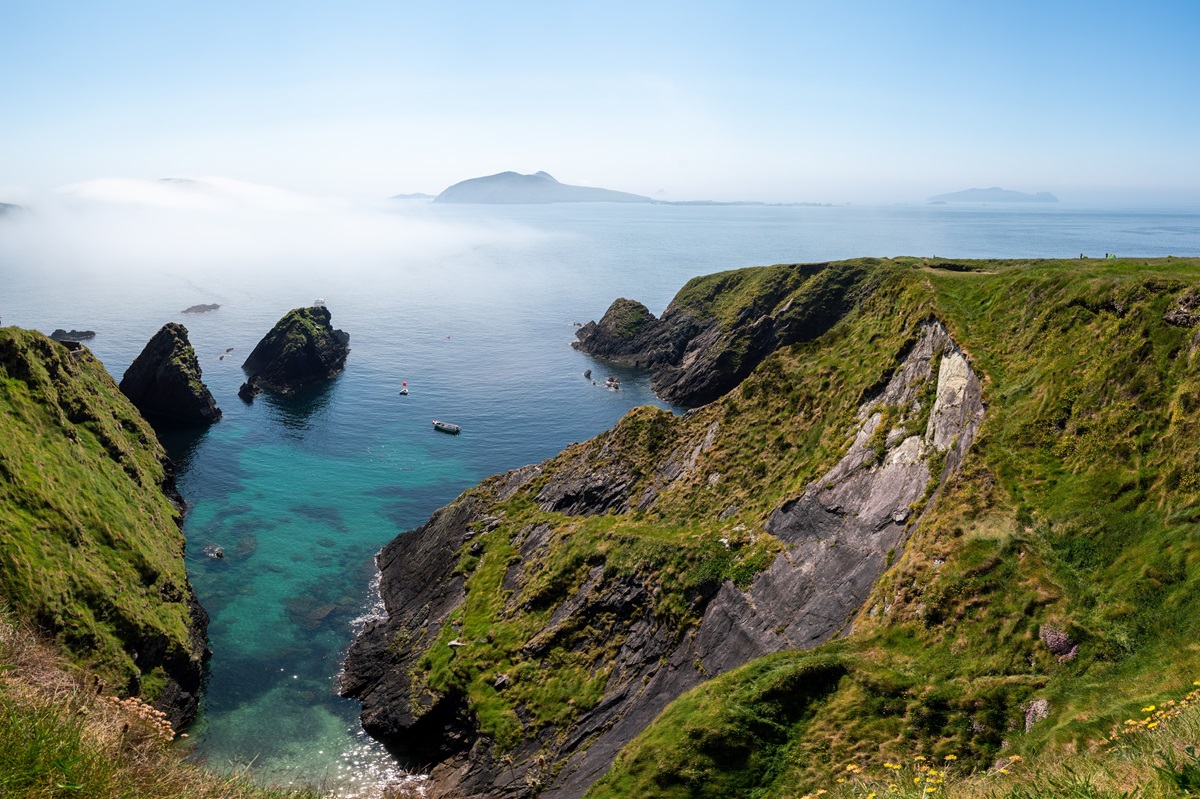
Highlights include the sandy expanse of Inch Strand, the remote western tip of Slea Head with panoramic views of the Blasket Islands, and the colourful harbour town of Dingle itself, a perfect place for a rest day, a bowl of chowder, and perhaps a pint accompanied by a fiddle tune or two.
There’s a strong sense of history here too, from early Christian beehive huts and standing stones to more recent echoes of famine and emigration. The Dingle Way may be quieter than the West Highland Way, but it’s no less stirring. And the blend of Irish hospitality and Celtic wilderness is hard to beat.
The Kerry Way
If you’ve ever walked the West Highland Way and found yourself thinking it was incredible, but wondering if there’s something more – then the Kerry Way may be the answer you’re looking for! At 123 miles, it’s one of Ireland’s longest waymarked trails, offering a wilder, more remote experience through some of the most dramatic landscapes in the country.
Looping around the famous Iveragh Peninsula, the Kerry Way shares much of its geography with the scenic Ring of Kerry driving route, but this is the full-bodied, boots-on, windswept-and-glorious version. You’ll climb through glacial valleys, cross ancient bog roads, pass ruined cottages and quiet mountain lakes, and descend into charming, brightly painted villages with a warm welcome guaranteed.
The route begins and ends in Killarney, a lively town surrounded by lakes and mountains, with traditional pubs, colourful streets, and easy charm. From there, it winds through the MacGillycuddy’s Reeks, Ireland’s highest mountain range, then pushes westward into ever more remote terrain, with views stretching across the Atlantic to the Skellig Islands, a UNESCO World Heritage Site and ancient monastic settlement that looks like it belongs in another world – and for Star Wars fans, it kind of does.
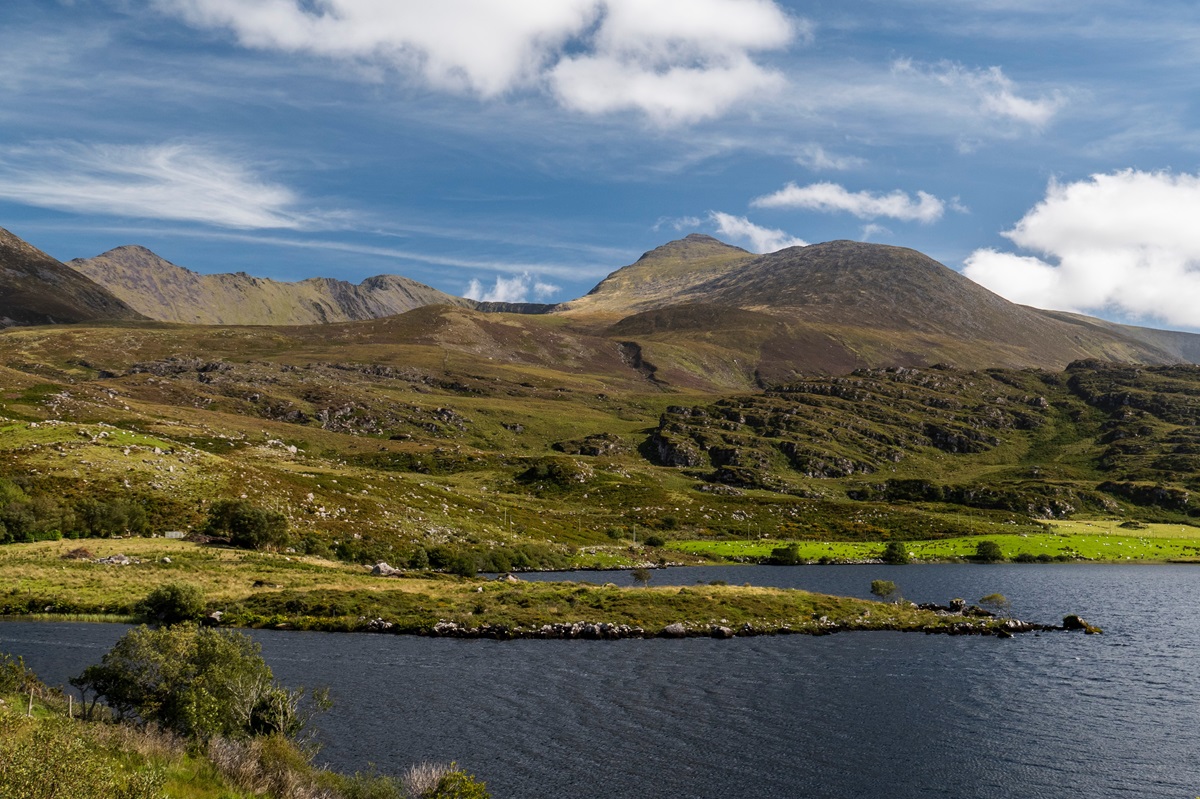
The walking is tougher than the Dingle Way, with more ascent and some longer days, but the rewards are rich. You’ll feel, at times, like you’ve stepped back in time, into a landscape shaped more by myth and weather than modern hands.
For seasoned walkers seeking something bigger, lonelier, and a little more elemental, the Kerry Way delivers. It’s Ireland, raw and unforgettable.
Ready to walk a different path?
Whether it’s the wild sweep of the Kerry mountains, the stillness of Speyside’s rivers, or the echoes of rebellion in Rob Roy country, each of these routes offers something of the same spirit that makes the West Highland Way so special – that sense of escape, of walking through history, of moving at your own pace through landscapes that stir the soul.
If you’ve already walked the West Highland Way and find yourself longing for something similar – or if you’re just looking for an alternative route that captures the same kind of magic – we hope this list has sparked an idea or two.
As ever, we’re here to help you find the route that fits you best. Whether you’re chasing solitude, scenery, or a perfectly timed rest day with a view, and perhaps a pint, we’d be delighted to help you plan your next adventure. Simply email us at [email protected] or call us on 017687 72335 to speak with one of our walking holiday experts. We’ll help you find the path that’s calling your name.